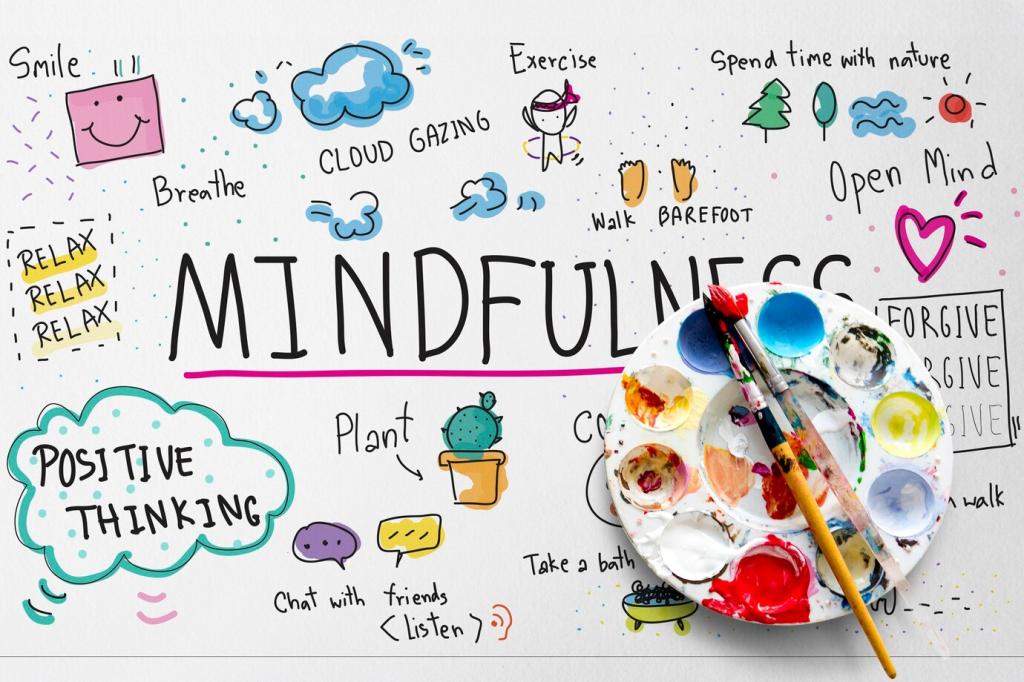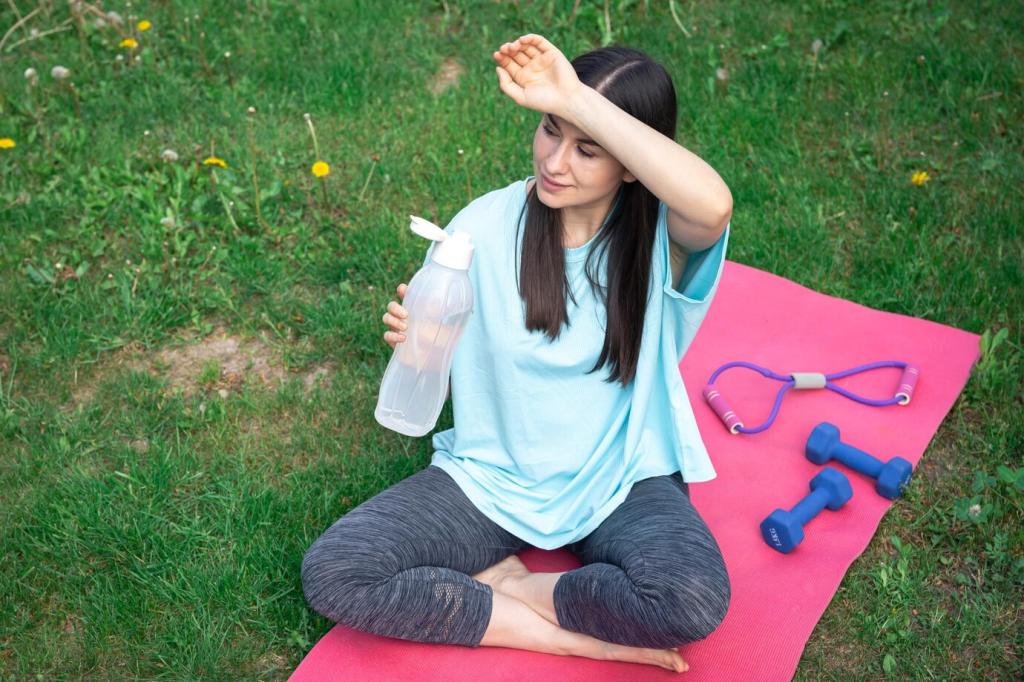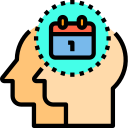
Daily Mindfulness Practices for Positive Change
Chosen theme: Daily Mindfulness Practices for Positive Change. Start small, breathe deep, and let tiny daily rituals add up to a calmer mind, steadier focus, and kinder choices. Subscribe for gentle prompts, share your wins, and join a community turning ordinary moments into meaningful shifts.
Root Your Morning in Presence
Before reaching for your phone, sit up, soften your shoulders, and follow your breath for sixty slow seconds. Count four in, six out. Notice the light in your room and the quiet sounds. This small pause plants clarity for the day. Try it tomorrow and tell us how it shifts your morning mood.
Mindfulness at Work: Calm Focus, Real Results
Inbox Pause Protocol
Before opening email, place one hand on your chest, feel one full inhale and exhale, and silently name your priority. This two-breath ritual reduces reactivity and increases intentional action. Try it for three days and report back which distractions lost their grip when you began with presence.
Focus Sprints with Gentle Bells
Set a quiet bell for twenty minutes, single-task, then take a mindful stretch. Notice your breath, posture, and any tension dissolving. Repeat. These mindful sprints build trust in your attention. Share your favorite bell app, or subscribe for our curated playlist designed to support deep, kind concentration.
Compassionate Calendar Boundaries
Allocate five-minute buffers between meetings for three slow breaths, a shoulder roll, and one sentence of self-encouragement. Protecting these tiny margins reduces stress spillover. If a buffer gets stolen, reclaim it next block. Tell us one boundary you’re testing this week to fuel positive change at work.

Five-Sense Walk
Step outside and gently name what you see, hear, feel, smell, and taste without judging. Let your pace slow until it matches your breath. Even five minutes can reset your nervous system. Share a sensory detail from your walk today, and invite a friend to join your mindful stroll tomorrow.

Stretch and Scan Reset
Stand, reach overhead, and scan from crown to toes, noting areas of warmth, coolness, and tension. Breathe into tight spots, exhale softness. This embodied check-in reconnects thinking and feeling. Try it between tasks, then comment with the cue that reminds you to pause: a doorframe, a calendar ping, or a yawn.

Mindful Strength Reps
During squats or push-ups, synchronize movement with slow breaths. Notice effort, alignment, and the first whisper of strain. Stop one rep before your form fades and thank your body out loud. You are training kindness alongside strength. Subscribe for gentle audio cues that coach presence while you move.
When a feeling spikes, silently label it: “frustration,” “worry,” or “excitement.” Naming engages the thinking brain and softens the surge. Add a location, like “tightness in chest,” to ground attention. Share a time labeling shifted your reaction, and invite others to try this mindful micro-intervention today.
Emotional Agility Through Daily Awareness
Notification Diet
Disable nonessential alerts for one week. Schedule two check-in windows, then breathe before opening any app. Notice the relief your nervous system feels without constant pings. Report your biggest surprise after seven days, and subscribe for a step-by-step guide to designing calmer digital rhythms.
Single-Task Playlist
Create a playlist reserved only for focused work. When it starts, commit to one task, one window, one intention. If your mind wanders, smile and return. Music becomes your mindful cue. Share a song that steadies you, and we will feature community picks in a future mindfulness roundup.
Digital Sunset Ritual
Choose an evening time when screens rest. Dim lights, silence notifications, and place your phone in another room. Greet the quiet with breath or a page of reading. This boundary deepens sleep and mood. Comment with your chosen hour, and invite a household member to try it alongside you.

Evenings that Restore and Integrate
Write three moments that felt good, no matter how small. Add one sentence about why each mattered. This practice strengthens your brain’s map of meaning and hope. Share one entry if you feel comfortable, and subscribe for nightly prompts that keep reflection simple and sincere.
Community and Accountability Fuel Change
Pair with a friend for a 60-second daily breathing text. Send “one breath done” and a single word mood. This light touch builds momentum and care. Invite your buddy in the comments, and subscribe to receive weekly prompts you can practice together without adding pressure or perfectionism.
Choose one micro-practice—like a pre-email breath—and commit for seven days. Track with checkboxes and a celebratory emoji. Miss a day? Note why gently and continue. Share your progress publicly to increase follow-through. We will highlight creative trackers from readers who show up with kindness.
Post one victory and one honest wobble each week. Naming both normalizes growth and keeps ego and shame balanced. Ask for one suggestion, and offer one to another reader. Subscribe to join our monthly reflection thread, where your story might spark someone else’s next mindful step.

Science and Stories Behind Positive Change
Repeated, small mindful moments strengthen attention circuits like a muscle. After two weeks, many people notice quicker recovery from distractions. One reader told us a single breath helped her pause before snapping at her child. Share your micro-proof, and subscribe for plain-language science notes that encourage consistency.
Science and Stories Behind Positive Change
Slow exhalations lengthen vagal tone, easing your body from fight-or-flight into rest-and-digest. You can feel this as warmth in the chest and softer facial muscles. Try six slow exhales during tension. Tell us where you feel the shift first, and keep practicing until calm arrives more quickly.


